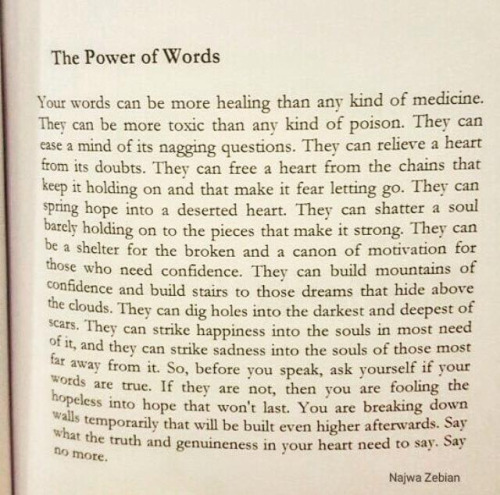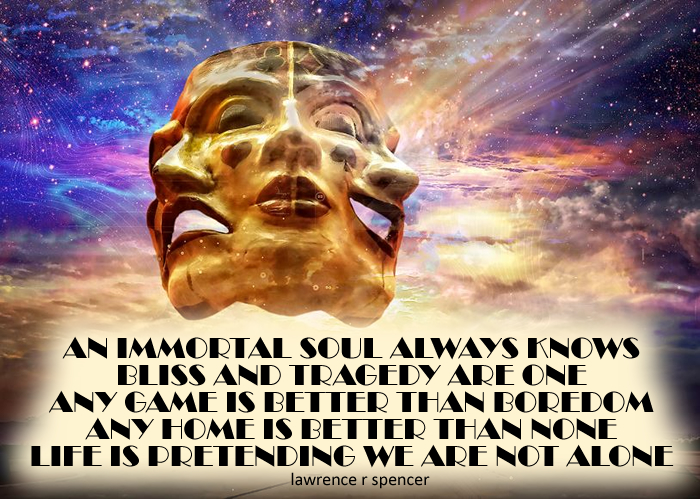Republished by Blog Post Promoter
Tag Archives: life
SIGNS
Republished by Blog Post Promoter
SERIOUSLY
Republished by Blog Post Promoter
ORIGIN OF LIFE
Republished by Blog Post Promoter
 The word “protoplasm” comes from the Greek protos for first, and plasma for “thing formed”.
The word “protoplasm” comes from the Greek protos for first, and plasma for “thing formed”.
It was first used in 1846 by Hugo von Mohl to describe the “tough, slimy, granular, semi-fluid” substance within plant cells, to distinguish this from the cell wall, cell nucleus and the cell sap within the vacuole. Later, J. E. Purkinje coined the term for cytoplasm and nucleoplasm in animal cell. Thomas Huxley later referred to it as the “physical basis of life” and considered that the property of life resulted from the distribution of molecules within this substance. Its composition, however, was mysterious and there was much controversy over what sort of substance it was. By the time Huxley wrote, a long-standing debate was largely settled over the fundamental unit of life: was it the cell or was it protoplasm?
By the late 1860s, the debate was largely settled in favor of protoplasm. The cell was a container for protoplasm, the fundamental and universal material substance of life. Huxley’s principal contribution was to establish protoplasm as incompatible with a vitalistic theory of life.
Attempts to investigate the origin of life through the creation of synthetic “protoplasm” in the laboratory were not successful.
(Source: Wikipedia.org)
BEING IMMORTAL
Republished by Blog Post Promoter




